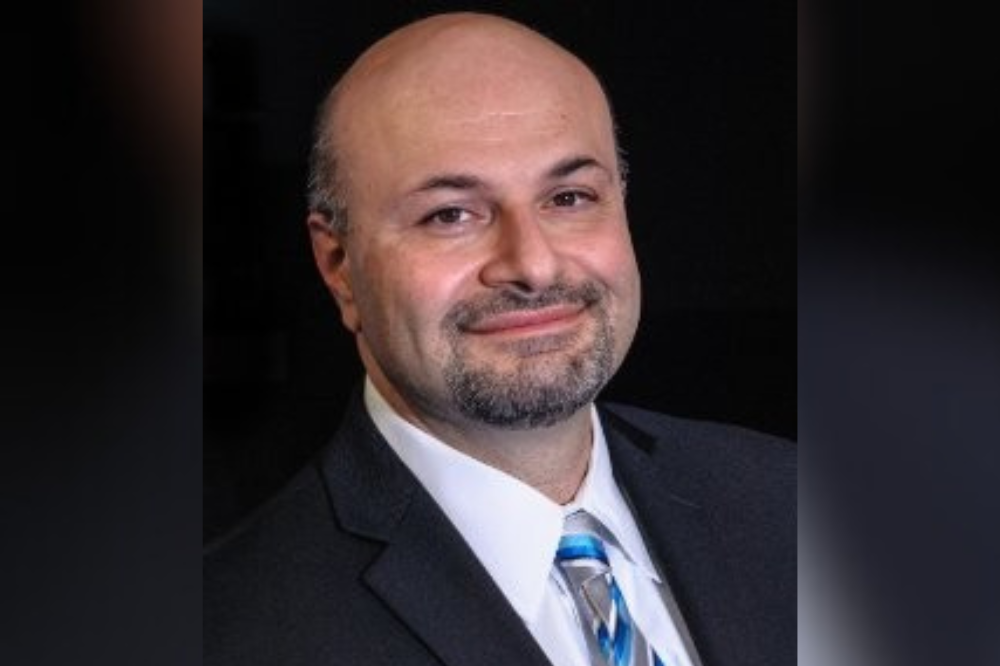Digitization, digitalization and digital transformation – what’s the difference?

Digitization, digitalization and digital transformation – what’s the difference? | Insurance Business America
Insurance News
Digitization, digitalization and digital transformation – what’s the difference?
And why staff are the “secret sauce” to change success
Insurance News
By
David Saric
Digitization, digitalization and digital transformation.
While these three words may look and sound similar, each is vastly different in how it can impact an insurance business, according to Steven Salar (pictured), a former insurance agent who is now president of AI business Exidion.
Digitization has widespread appeal, for both more conservative businesses and those open to innovation. Salar described it as “encoding data and converting it into a digital format, similar to a PDF or mp3 file.”
Digitalization is using this data to improve workflows and process automation.
“Using digital technologies to automate customer service claims or on your payment claims and such sparks a lot of great things internally to the insurance world but not necessarily the customer,” Salar said.
“To them, they’re thinking of digitization, you know, they’re looking at the end product.”
Digital transformation is being able to leverage digitalization for strategic change.
“And in that the most profound thing that happens is it changes the company culture, the business models, and it brings in new revenue streams and products,” Salar said.
While digital transformation may look different from company to company based on its willingness to implement new strategies and products, one thing that is of interest across the insurance industry is freeing up staff from routine and dull tasks.
“We want to free up our staff from these mundane tasks and use those savings on time and money to focus on the customer experience,” Salar said.
“Risk tolerance is a cultural thing”
Salar, who has 30 years in insurance and working alongside the industry, believes that a company’s willingness to engage with technological innovation is dependent on its appetite for taking chances.
“Risk tolerance is a cultural thing — do they want to be early adopters of cutting-edge developments or sit back and watch as it penetrates the market,” he said.
It generally boils down to how much economic benefit a new technology can be to an organization. Astute CEOs and business owners will be more focused on how this momentary disruption can provide long-lasting solutions.
“Quite frankly, a lot of it is budgeting too,” Salar said.
“Change costs money, you’ve got to throw some dimes and nickels in there to make change. But then in the long term, you can realize how this was such a savings model or an expedient model.”
Building from the ground up
Having experienced working at a broker, carrier and in risk management at different company levels, Salar said he is aware of how third-party propositions can prove an ineffective waste for customer-facing professionals these technologies are supposed to benefit.
“I saw the hardships, and I saw everything from that ground up perspective,” he said.
“When I first came into the industry, whether working in claims or operations, I was only given a limited view that was myopic,” he said. “I wanted to understand every part of the value chain.”
Being able to enter into a business and have enact meaningful change should never just be done at a top-down approach, since the CEOs and upper-level staff are never actually engaging with new tools or technological mediations, according to Salar.
“The secret sauce is your staff, the people. And when we get the people engaged and seeing the benefits, then it’s a faster change model,” Salar said.
Related Stories
Keep up with the latest news and events
Join our mailing list, it’s free!






